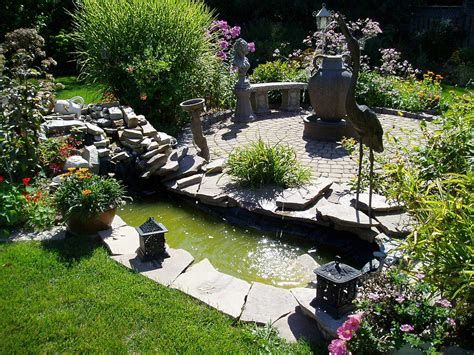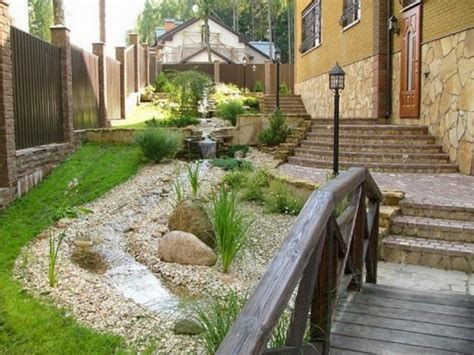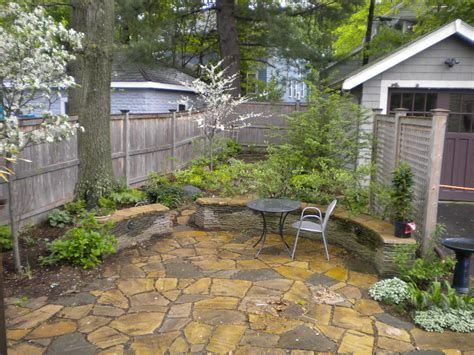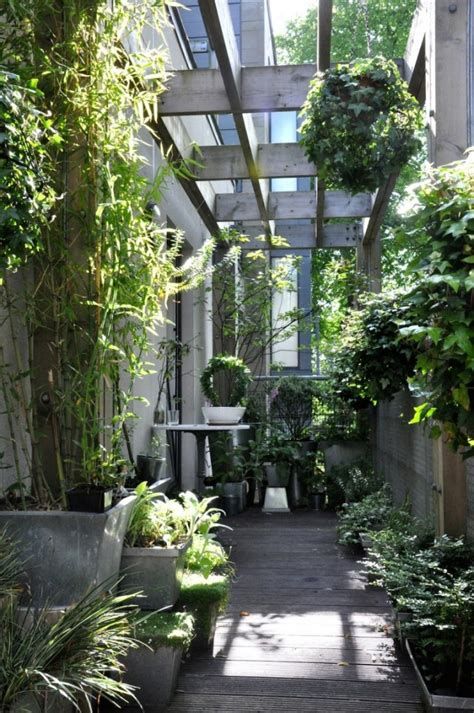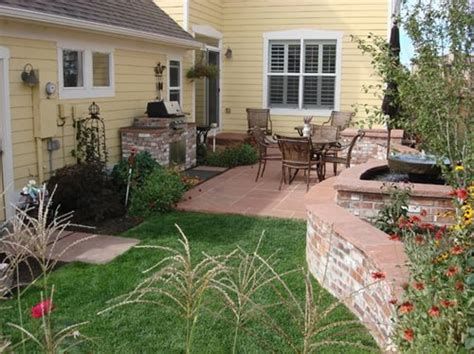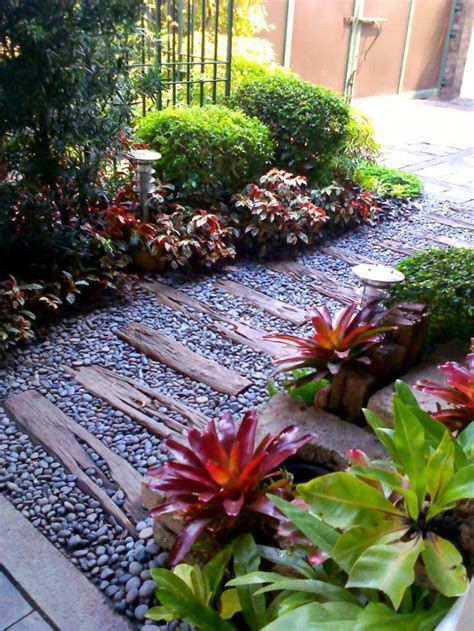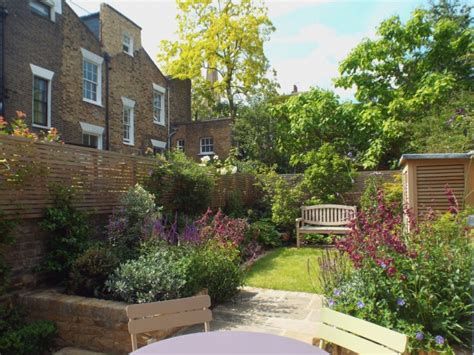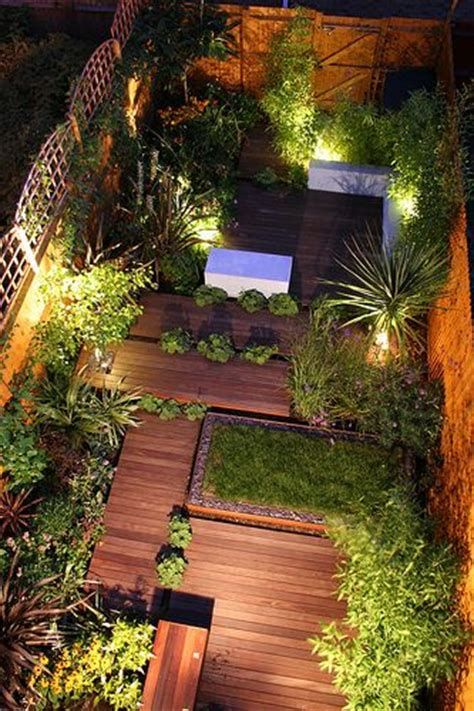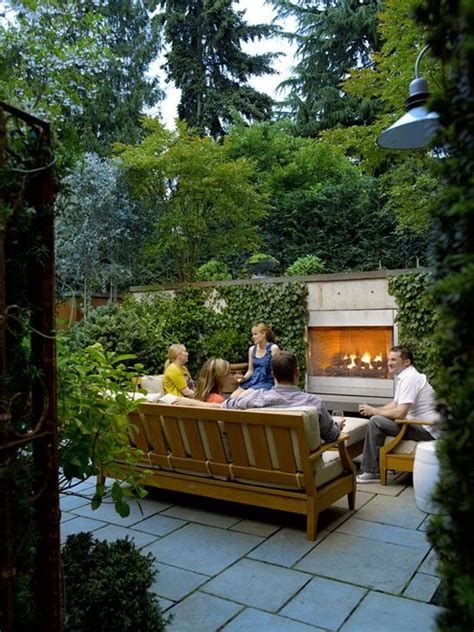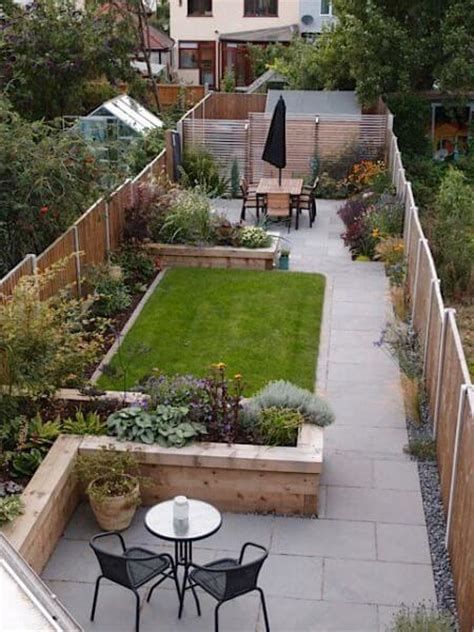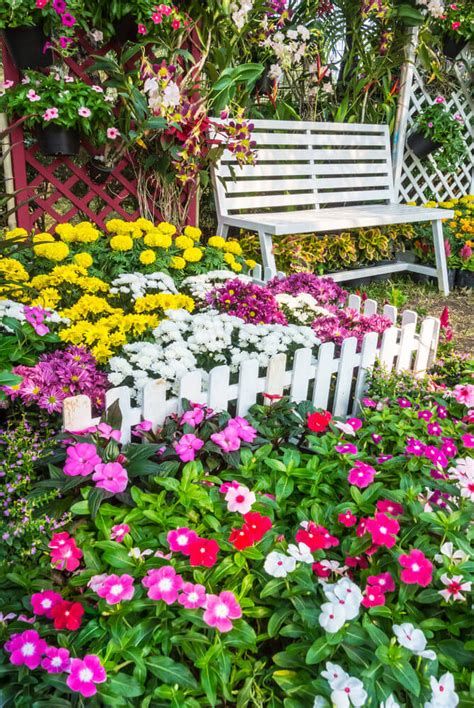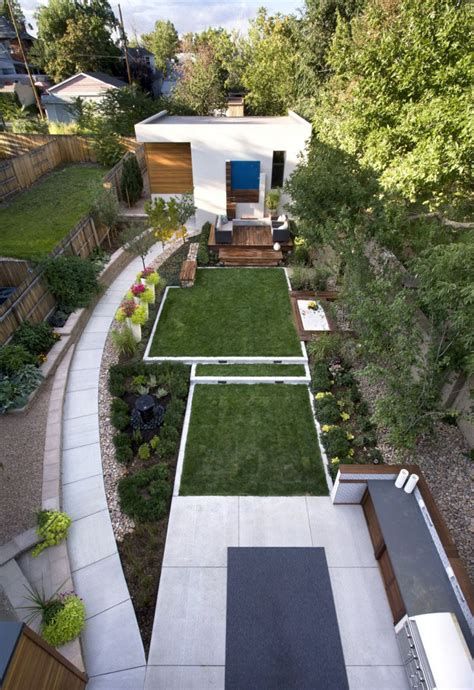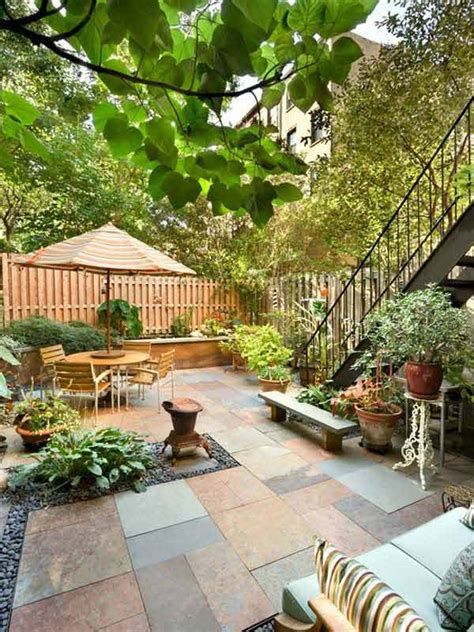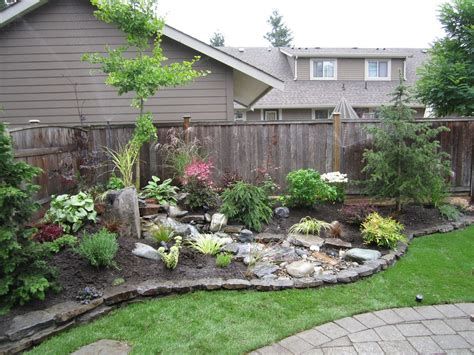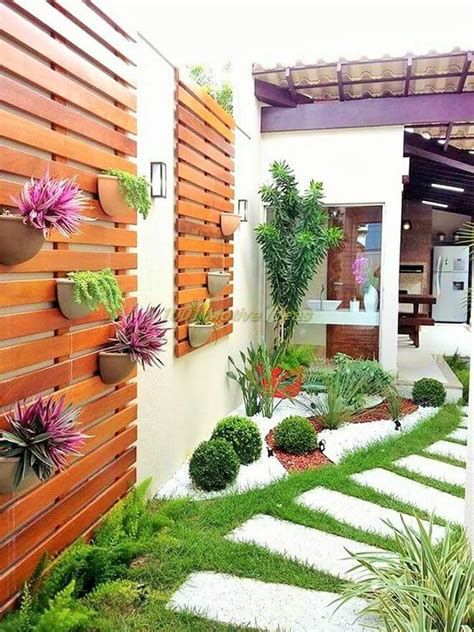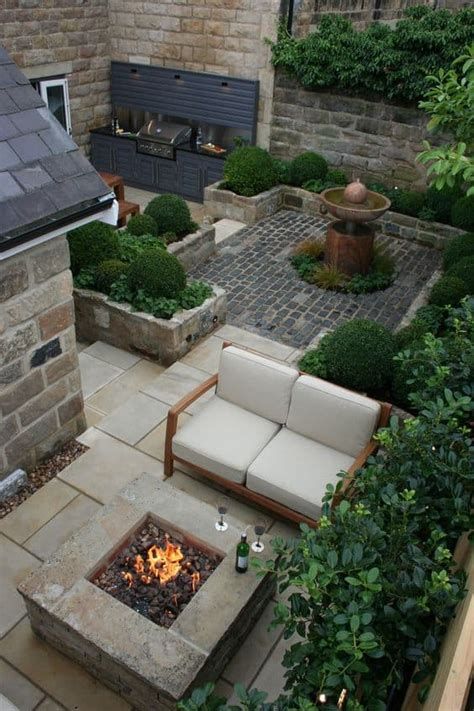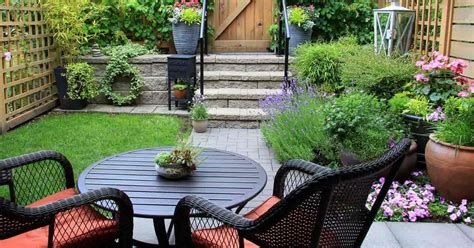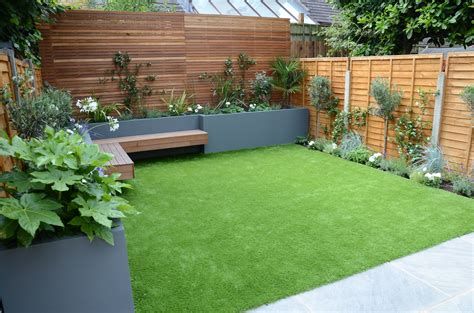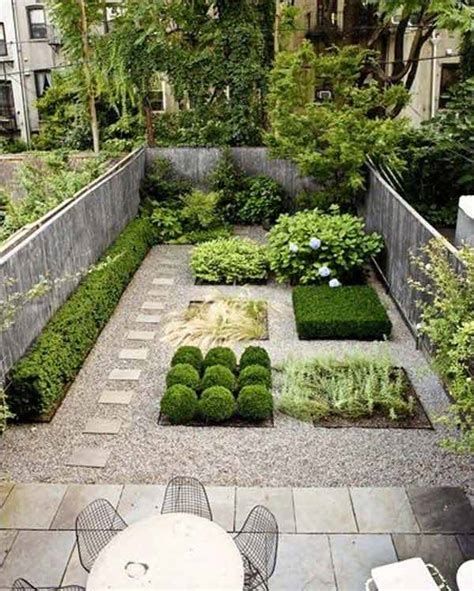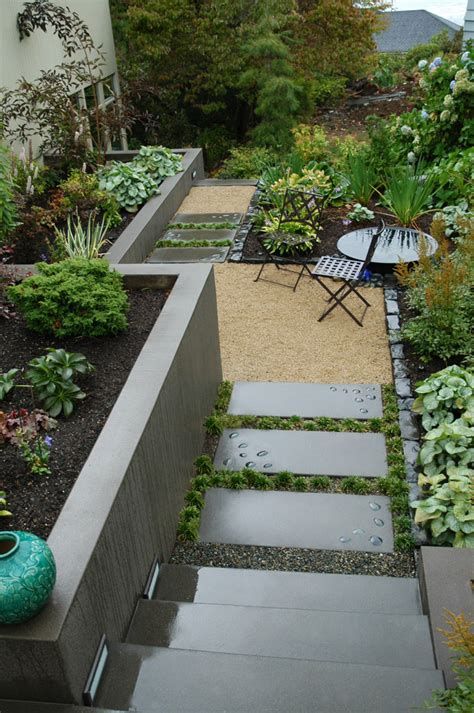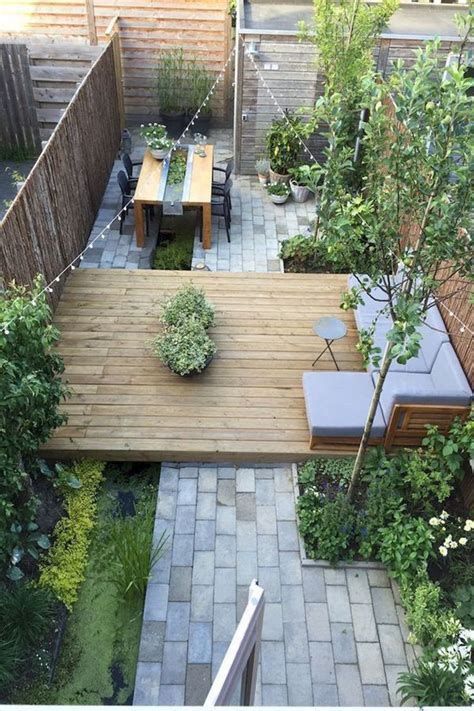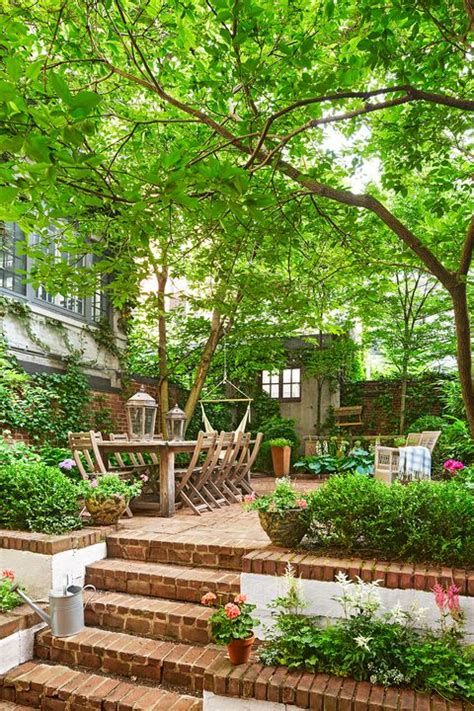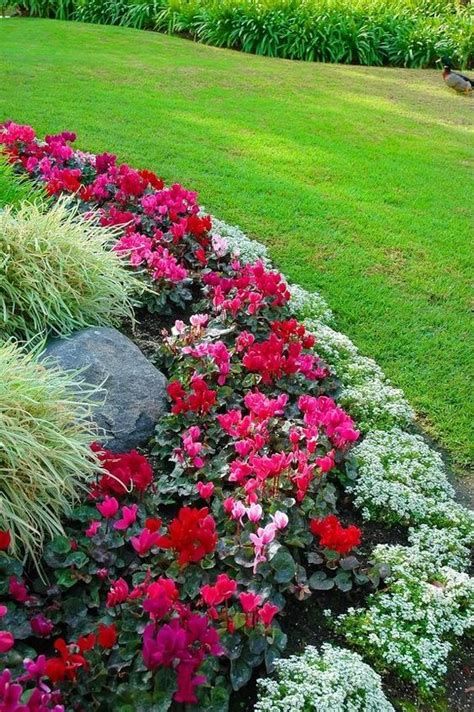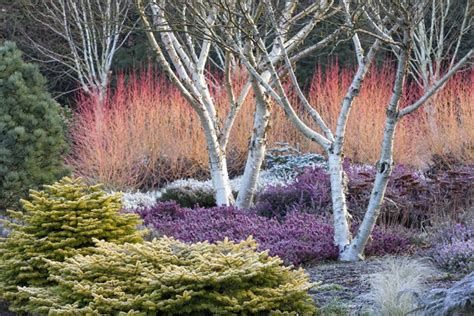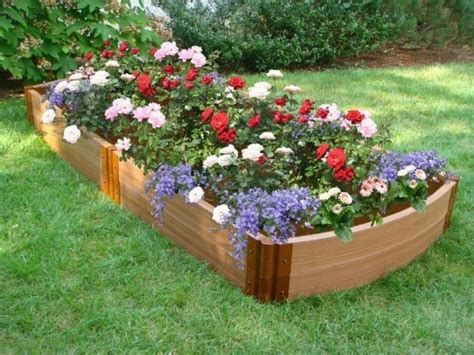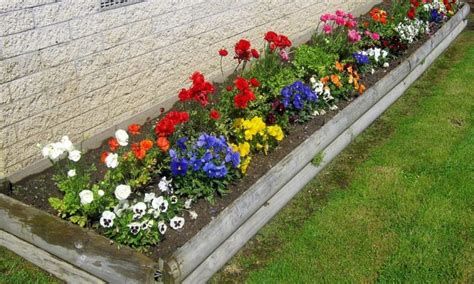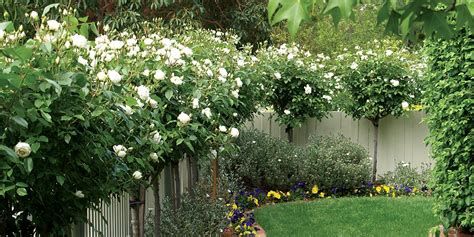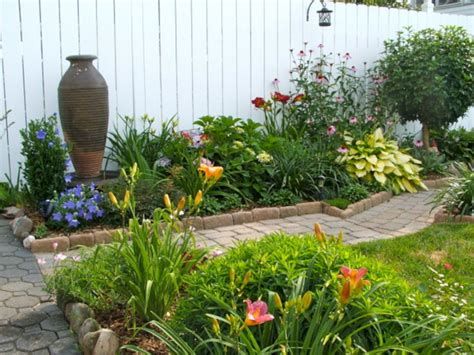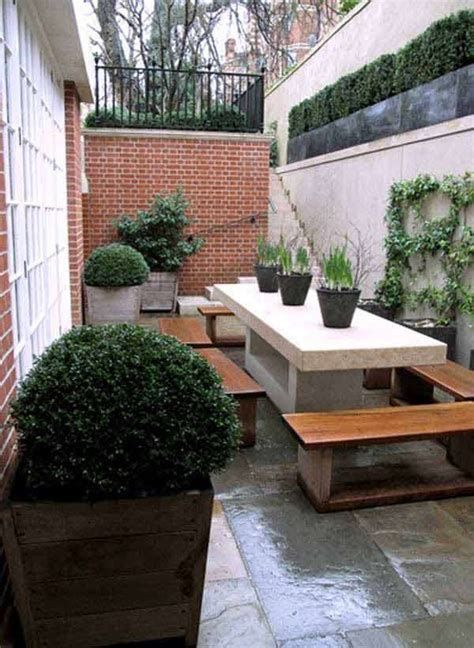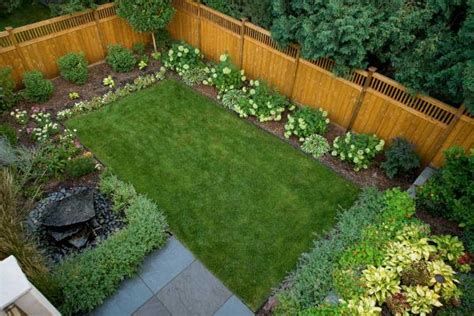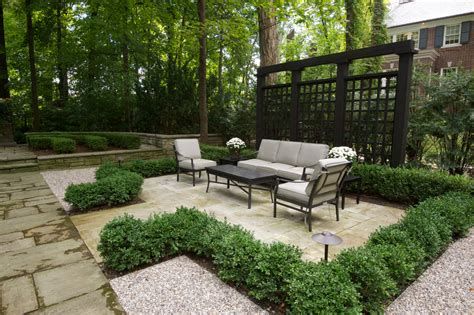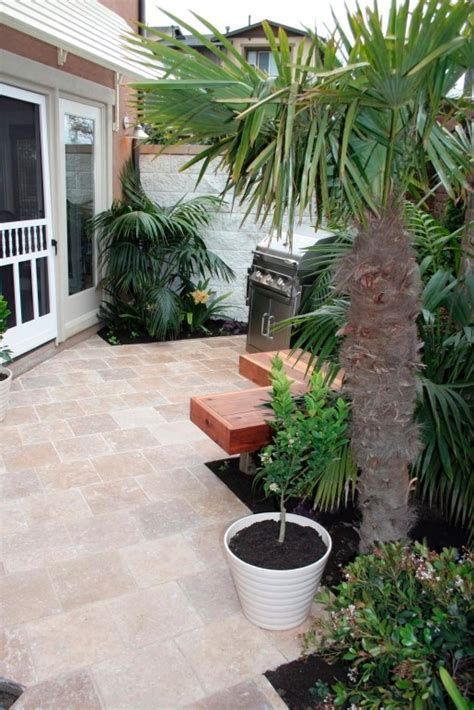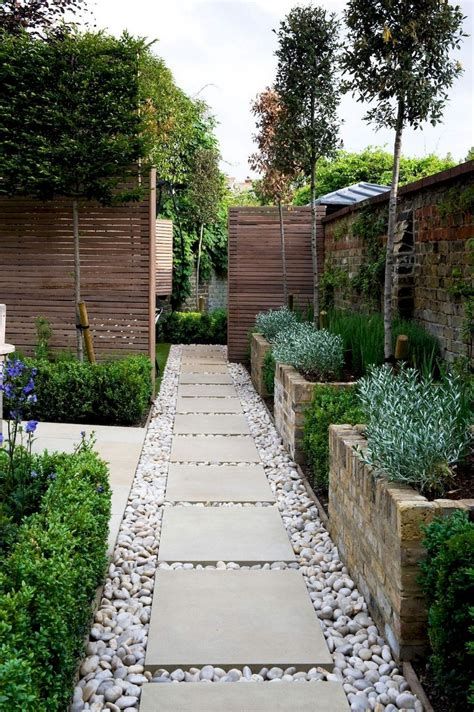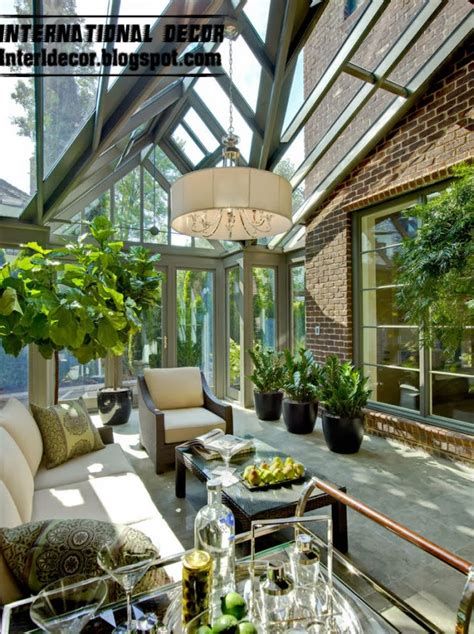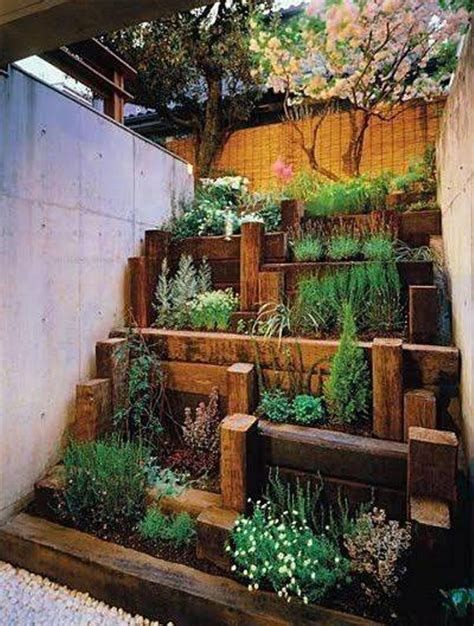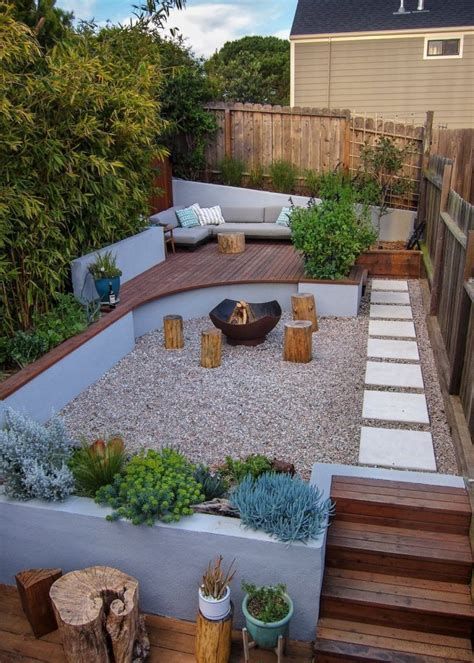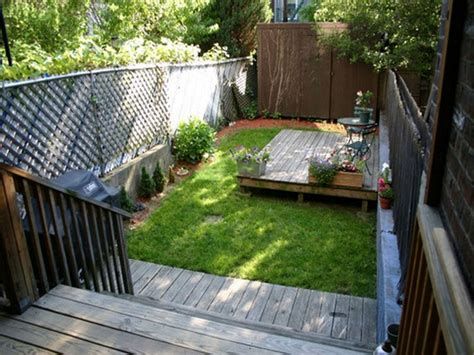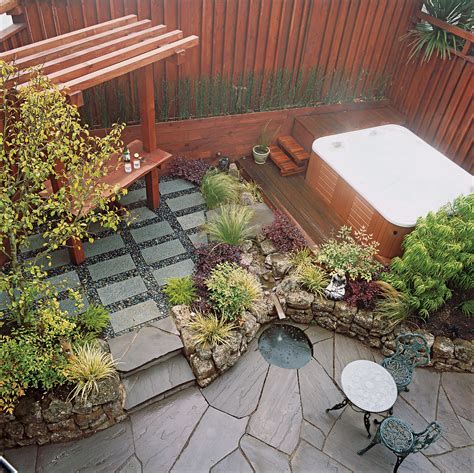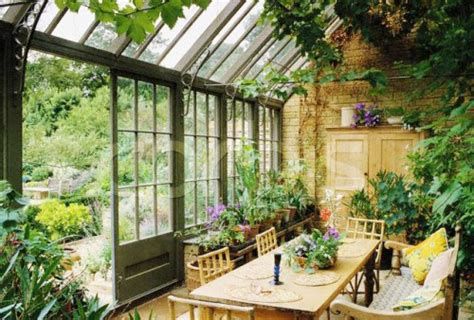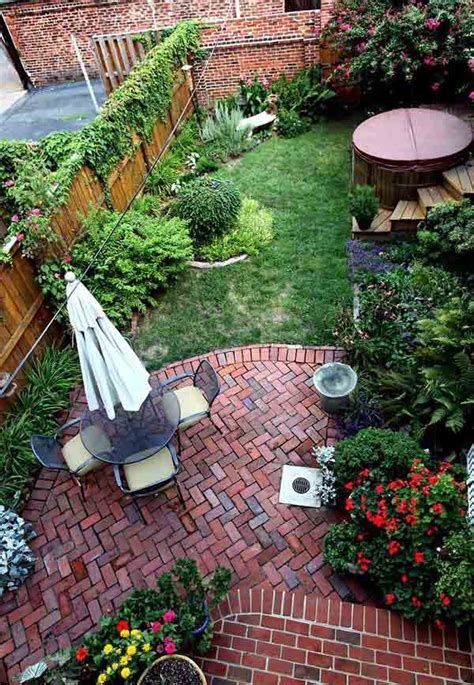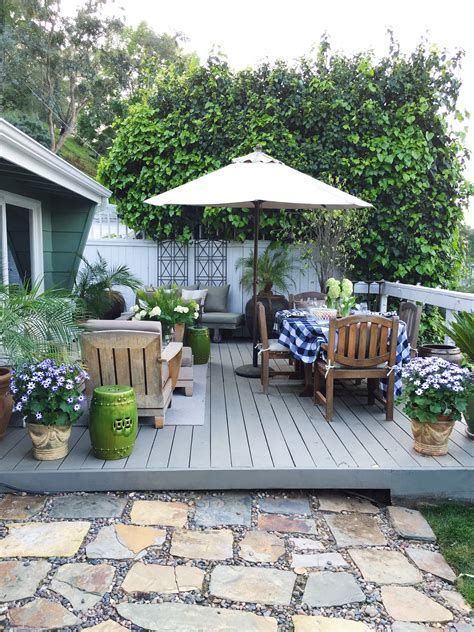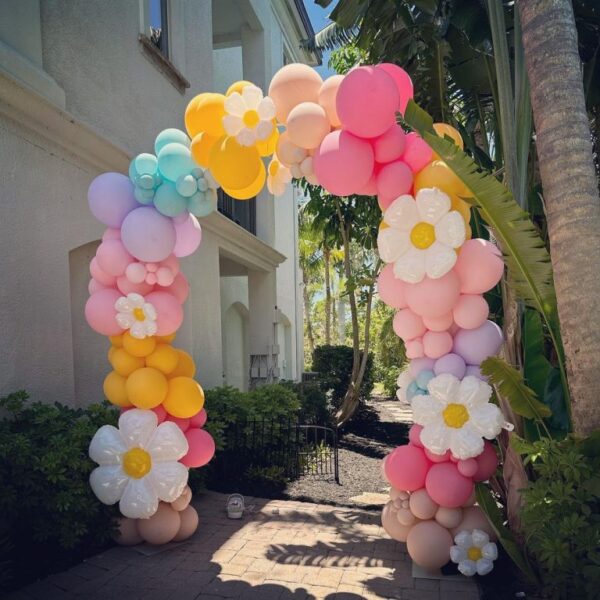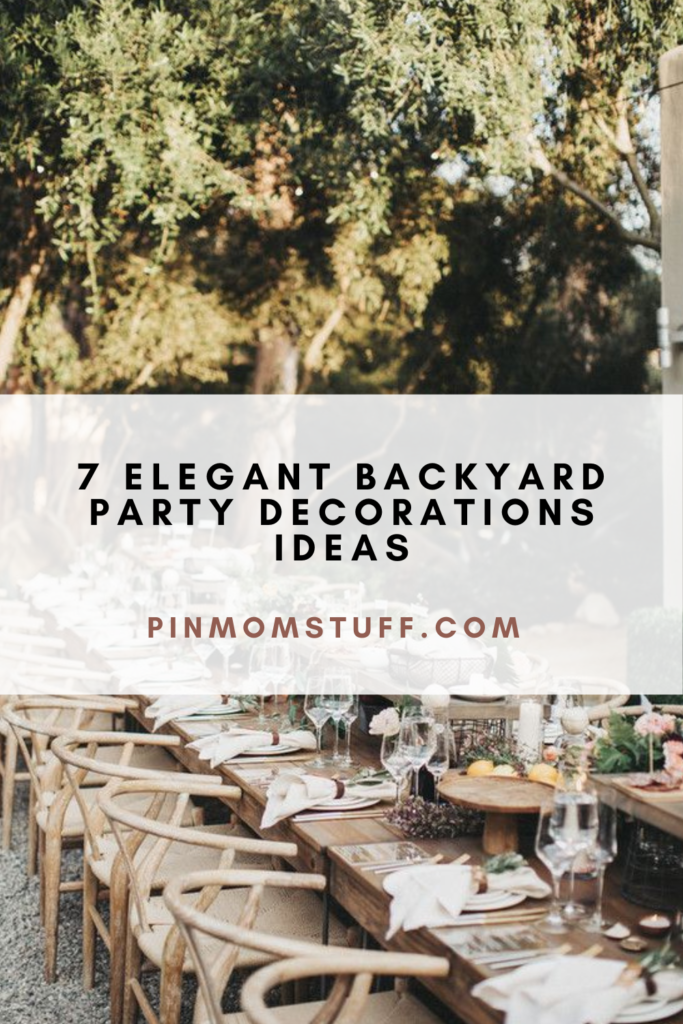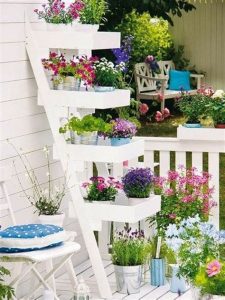Who wants an Olympic sized swimming pool in their backyard? What about a tennis court? All right, there are some people who would, but why want something like that when you can have a cosy, low maintenance and immensely charming smaller backyard? It might be appealing to think of rolling hills and acres of grass, but remember someone has to mow and prune that! There are endless possibilities when it comes to designing a small yard’s landscape and it is the best way to save money and keep the effort as low as possible. Most people today have smaller yards because of the number of people on our planet, so new creative ideas are seeing the light every day.
The first thing to do is to take advantage of the space you have. Add a decorative fence around the yard to create a cosy atmosphere and stay away from bulky bushes and hedges. You can also use hardscaping in the form of bricks, stones and wood to create borders or separations between areas in the yard to make it seem more complex. Use arbours and trellises or add an archway to make the entrance intriguing and welcoming. Separate the garden into spaces with different functions: an entertainment area, an area for decorative purposes and even a play area. This automatically adds “size” to and otherwise small looking garden. Another way to create the feeling of spaciousness is to “go up” instead of sideways. Use creeping vines that go up trellises and walls or guide fruit trees to grow flat in an espalier style. Make use of raised flowerbeds to create levels and put some garden features in containers to save space. Containers do not only save space, but also provide you with the option of changing your plants according to different seasons. You can add even more charm to your garden by using hanging birdhouses, bird feeders and plants.
A very important aspect to designing and creating a beautiful small backyard is to keep it as simple as possible. Do not try complicated, intricate designs, because you can easily end up cluttering or overwhelming your garden. When you add garden furniture, for example, make sure you can remove it easily so the space can double up to have another function. Do not use too many different species of plants, but rather choose one striking plant or tree and then complementing plants, bushes and grasses. Dwarf fruit trees and fairy roses work well in smaller spaces and when choosing colours, stick to one colour in different shades or two to three complementing colours. This prevents visual clutter. To ensure unity, stick to one type of material, like wood and paint all garden furniture a single colour.
Garden designing requires some imagination and a good eye is helpful, but the only real way to learn to design garden is by doing it. Limited space does not mean you cannot have a garden. Not all of us have rolling hills and some who do, do not even want that much garden. What we do want is a small space to enjoy growing plants that will enhance our homes.
